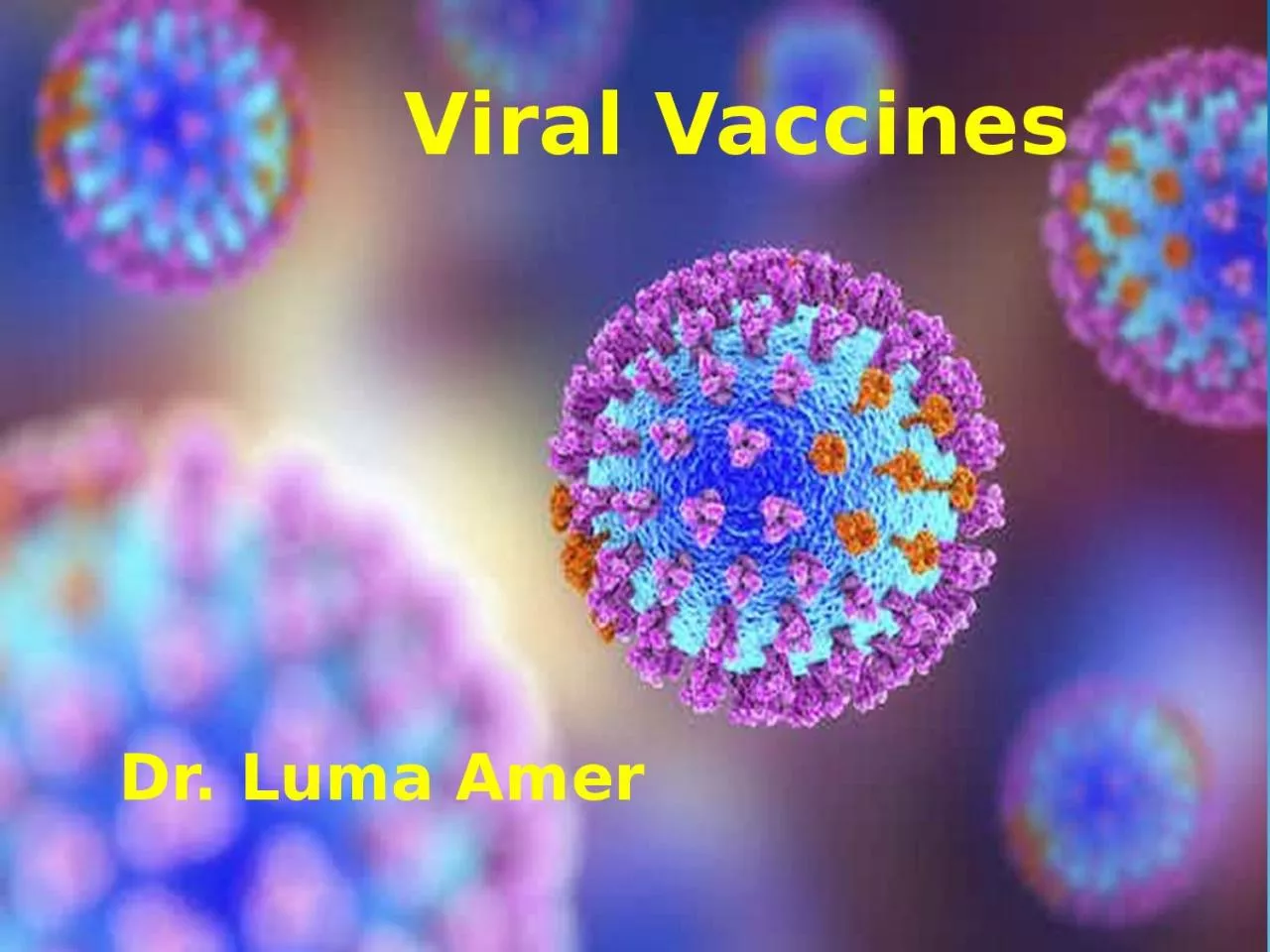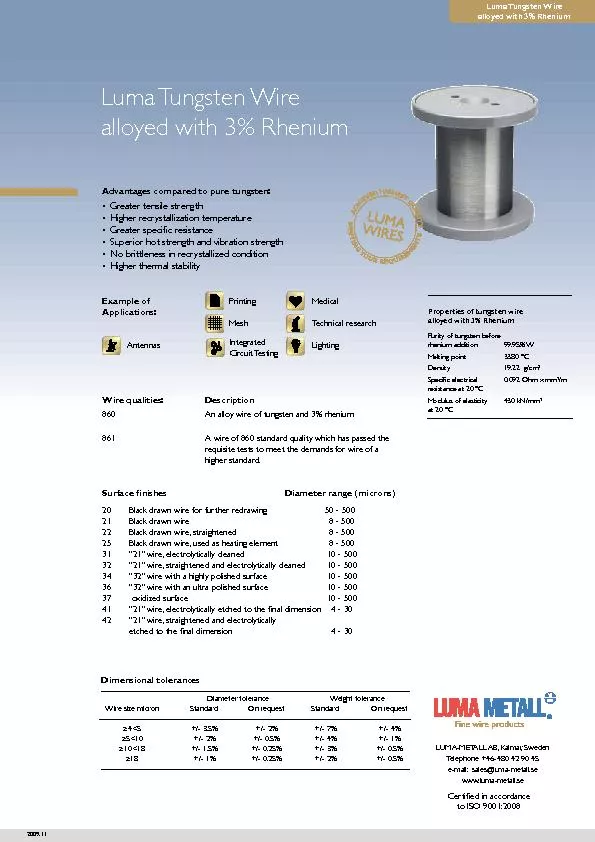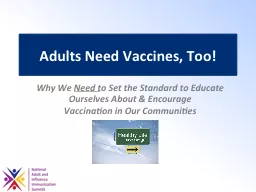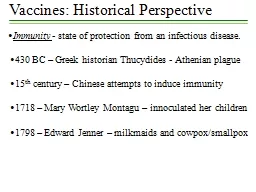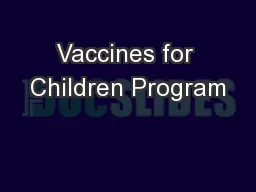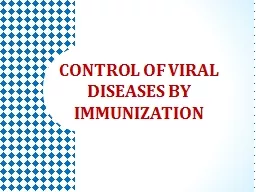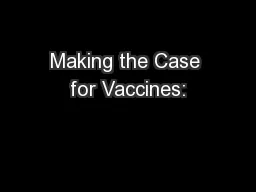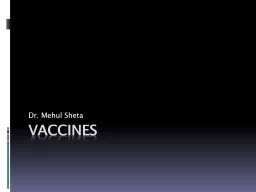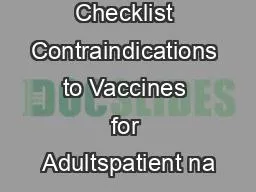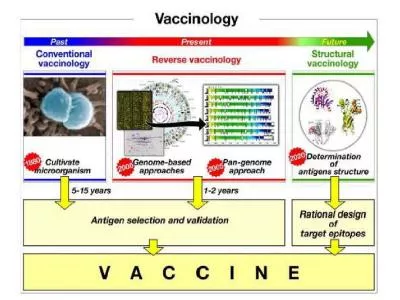PPT-Viral Vaccines Dr. Luma
Author : barbara | Published Date : 2023-07-27
Amer Virus Vaccines First vaccine developed by Jenner in late 1700s against smallpox virus Vaccines 3 1796 Jenner wild type animaladapted virus 1800s Pasteur Attenuated
Presentation Embed Code
Download Presentation
Download Presentation The PPT/PDF document "Viral Vaccines Dr. Luma" is the property of its rightful owner. Permission is granted to download and print the materials on this website for personal, non-commercial use only, and to display it on your personal computer provided you do not modify the materials and that you retain all copyright notices contained in the materials. By downloading content from our website, you accept the terms of this agreement.
Viral Vaccines Dr. Luma: Transcript
Download Rules Of Document
"Viral Vaccines Dr. Luma"The content belongs to its owner. You may download and print it for personal use, without modification, and keep all copyright notices. By downloading, you agree to these terms.
Related Documents

